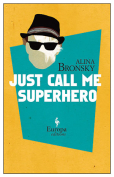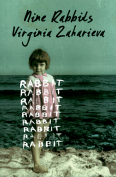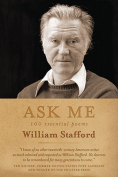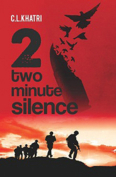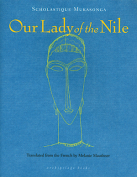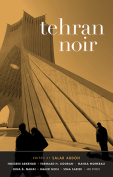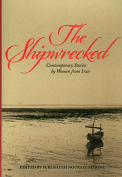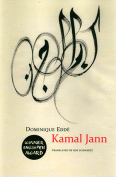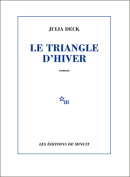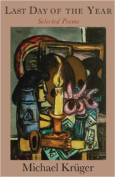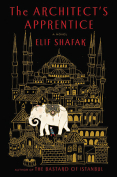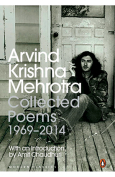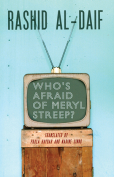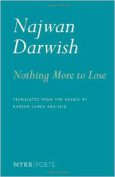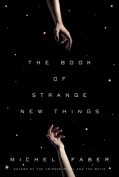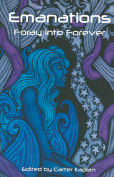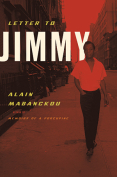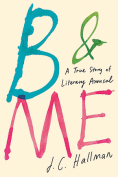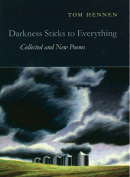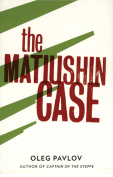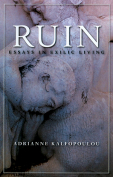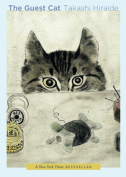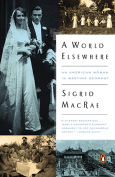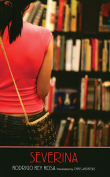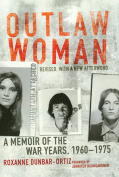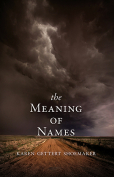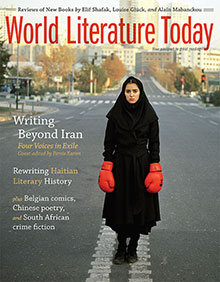B & Me: A True Story of Literary Arousal by J. C. Hallman
New York. Simon & Schuster. 2015. ISBN 9781451682007
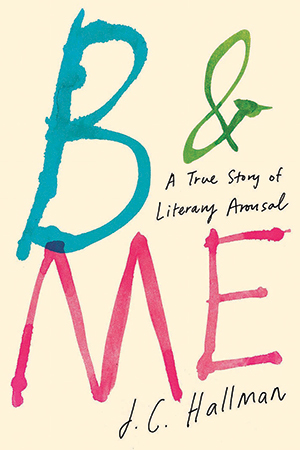 B & Me begins with a crisis: the author, J. C. Hallman, has lost faith in his lifelong passion, literature, and wants, needs, to find a pathway back to the wonderland of books. How does he plan to do this? Through the work of a particular author he’s never actually read: Nicholson Baker, an author still living and not much older than Hallman, who is deceptively brilliant as it turns out, and who is destined for the canon if only the canon will sort itself out. Thus begins Hallman’s labyrinthine odyssey through the highs and lows of his personal life, his relationship with his intriguing girlfriend (including titillating sex scenes with her), his meditations on the literary career of Baker, the state of politics in America, and the enormous and unfortunate losses to culture as digital technologies render the old-world simplicities of actual paper books obsolete. In short, Hallman makes Nicholson Baker’s preoccupations his own; he links them.
B & Me begins with a crisis: the author, J. C. Hallman, has lost faith in his lifelong passion, literature, and wants, needs, to find a pathway back to the wonderland of books. How does he plan to do this? Through the work of a particular author he’s never actually read: Nicholson Baker, an author still living and not much older than Hallman, who is deceptively brilliant as it turns out, and who is destined for the canon if only the canon will sort itself out. Thus begins Hallman’s labyrinthine odyssey through the highs and lows of his personal life, his relationship with his intriguing girlfriend (including titillating sex scenes with her), his meditations on the literary career of Baker, the state of politics in America, and the enormous and unfortunate losses to culture as digital technologies render the old-world simplicities of actual paper books obsolete. In short, Hallman makes Nicholson Baker’s preoccupations his own; he links them.
Hallman states plainly his mission in writing this book: to “tell the story of a literary relationship from its moment of conception.” How to do this? By mimicking the style of one of Baker’s books, U and I, a book in which Baker himself conducts a “closed book examination” of one of his own idols, John Updike. That book attempts to look at the career of a great writer while at the same time capturing the anxiety of the process of writing. It’s a book disguised as another book. If this sounds a bit meta, well, it is. Books within books within books. Though B & Me is imitative of the style of U and I (to the extent of beginning chapters in midthought, often as the logical next sentence of the final paragraph in the preceding chapter), it is something more: it aims to reclaim the importance of books, of literature, and of the role they play in culture. So why does the author talk so much about sex?
Partly in keeping consistent with the Baker theme—Baker wrote three highly explicit “pornographic” books—and partly because I get the feeling Hallman likes stirring things up a bit. He wants to get a rise out of people, perhaps because it will prove his point: that readers have lost the power (or the desire) to read deeper than the surface level. TV and bad books have ruined our reading lives. Hallman asks, “When did we start expecting books to entertain us without any flex of mental muscle on our part?” Instead, we look for the juicy parts and either prop them up or denounce them as filth, depending on our political persuasion. So this book, though a fascinating example of “autobiographical criticism,” whereby the author interweaves his personal life with a book-by-book examination of Baker’s oeuvre, ups the ante set before him with Baker’s U and I and will certainly offend the faint of heart. But at the same time, this is what literature should do. It should ignite passions in the reader; it should shock us into seeing something new.
At one point, Hallman recounts scribbling “wild annotations” in the margins of a book and recalls a passage he simply cannot leave behind without reading it out loud to someone. Isn’t this familiar to any lover of books? This passion, this fervor, this is what is at stake with the proliferation of bad books and the rise of bad films and TV, of the rise of a nonliterary culture. This is the exhilaration Hallman wants the reader to share with him; not in loving Baker per se, but loving any great writer. The passion is the point; the love-object author is incidental, subject to taste.
B & Me is a great love letter to literature itself; it is a reminder that the writer’s job is to push further with each generation, to help reorient our moral compass, and take back criticism from the critics and give it back to the people.
Jason Christian
Oklahoma State University
